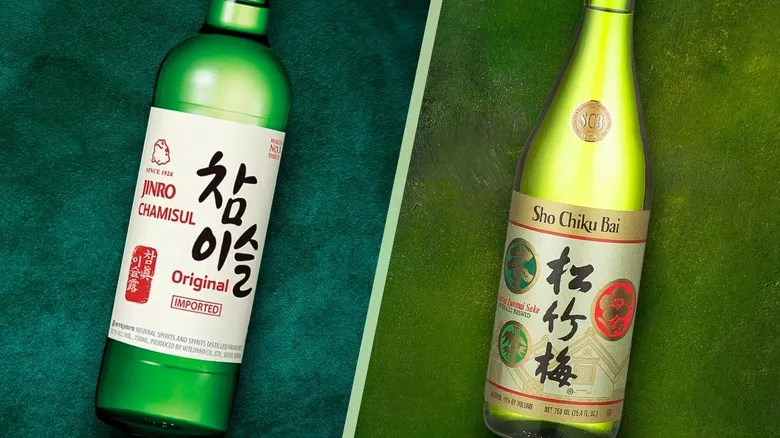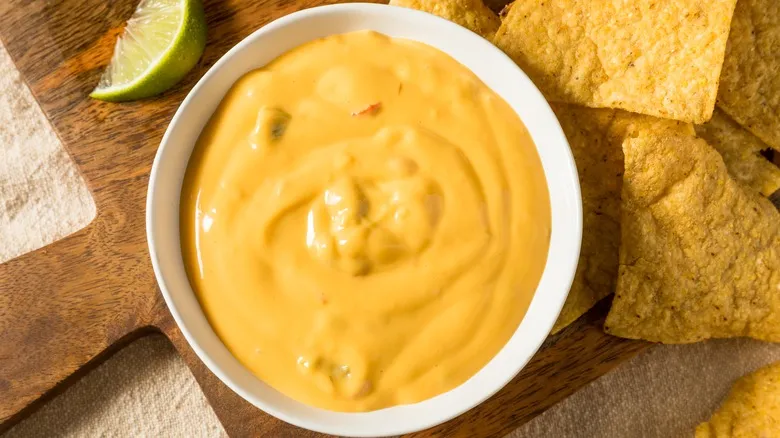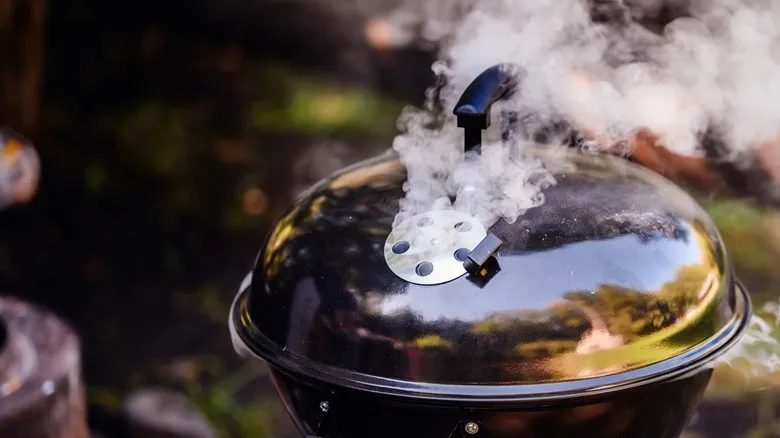Sake is always fermented from rice
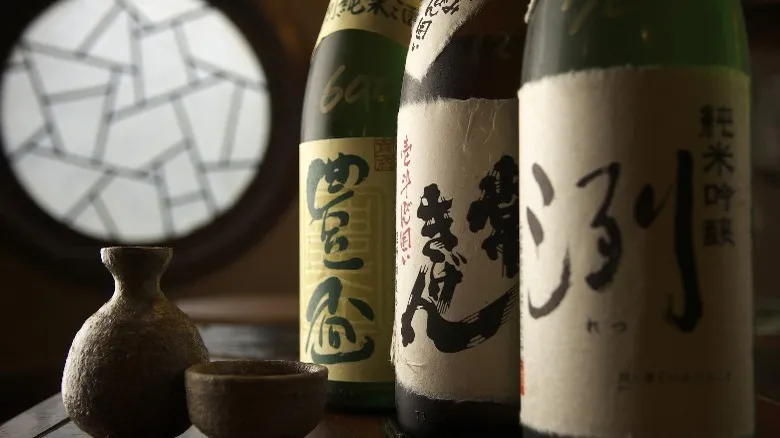
Sake is made from polished rice that has been washed, soaked, and steamed to prepare it for a mold known as koji. Brewers incorporate koji because yeast, which is essential for fermentation, requires the enzymes from koji to break down starch into sugar. The combination of fermented yeast and sugar results in alcohol, while the rice contributes a unique umami flavor. After the brewing process, sake typically has an alcohol content ranging from 13% to 17%.
Sake is often enjoyed with food, much like wine, and is commonly served in Japanese steakhouses. However, if you're ordering in Japan, remember that the proper name for this beverage is nihonshu; in Japanese, the term sake simply refers to "alcohol." Regardless of the name, sake pairs wonderfully with cheese and seafood, and it can also be used in cooking meat and rice dishes. Its umami characteristics are why many recipes call for it, so avoid substituting it with sweeter liquors like soju. When ordering sake at a restaurant, it is typically served in a small ceramic or porcelain cup, accompanied by a larger bottle for pouring. Additionally, it's considered good manners to offer to pour a drink for someone else before serving yourself.
Soju is a distilled liquor with a sweet side
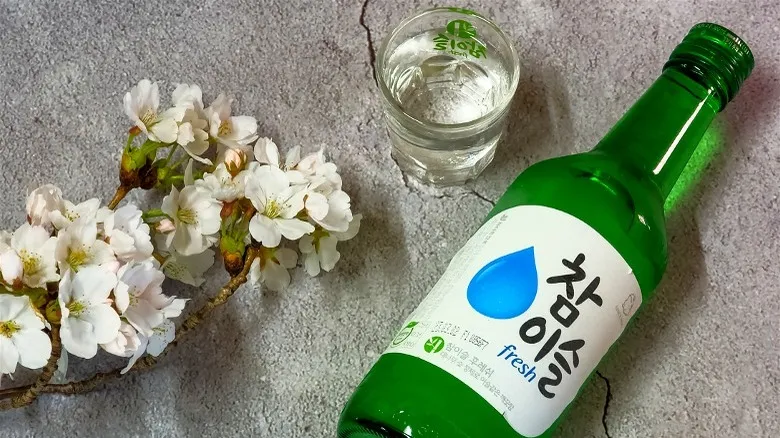
Soju can be produced from rice, but it also has a history of being crafted from tapioca, sweet potatoes, wheat, or barley. This clear spirit is distilled, making it a gluten-free liquor similar to vodka or rum. While sake may be infused with flavors like yuzu or plum, popular soju varieties include peach, green grape, and yogurt.
Well-known soju brands such as Jinro, Soon Hari, and Good Day offer flavored options in their signature green bottles, with an alcohol content ranging from approximately 13% to 16%. In contrast, traditional, unflavored soju can have a significantly higher alcohol by volume (ABV), typically around 20% but sometimes reaching as high as 45%. Distilled spirits generally contain more alcohol than brewed beverages like sake. People enjoy soju for its neutral or fruity flavors, making it an excellent mixer for cocktails, and it can also be used in cooking—soju serves as a fantastic secret ingredient in chicken soup. As a drink, its sweet and smooth profile makes it easy to consume without mixers, contributing to its popularity among college students.
Soju, the most widely consumed alcoholic beverage in Korea, may not be the cheapest liquor globally, but you can often find a small bottle for about $6 at various liquor stores. In comparison, a typical bottle of sake might cost over $15, with premium varieties priced even higher. Broaden your palate by sampling both soju and sake to avoid any disappointment from confusing one for the other.
Recommended
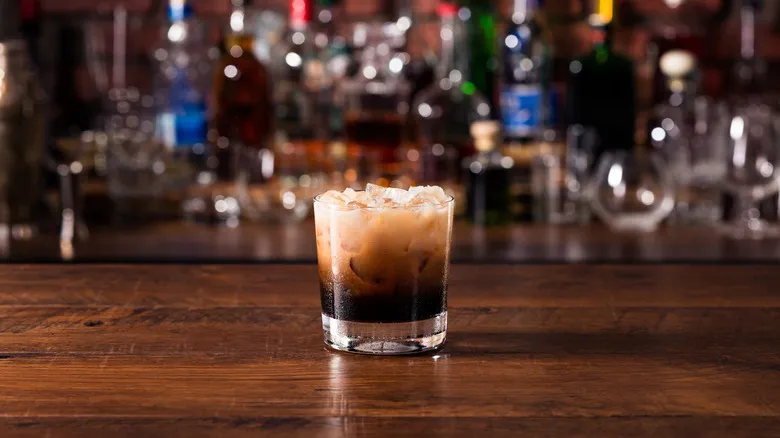
Colorado's Unofficial State Drink Is A Riff On A White Russian
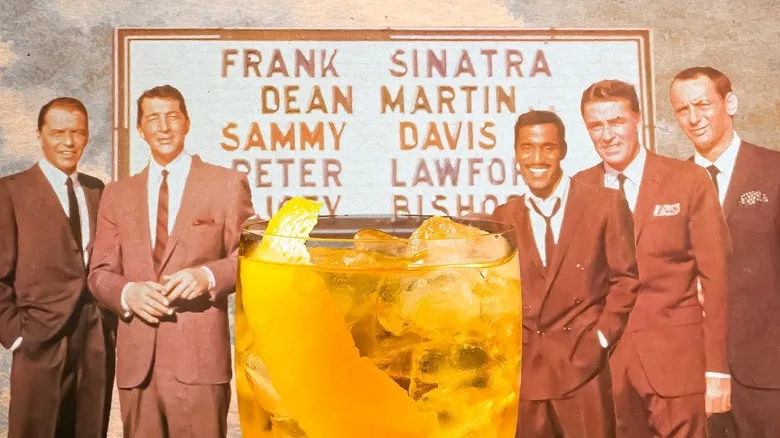
The Origin Of The Rusty Nail, The Rat Pack's Signature Drink
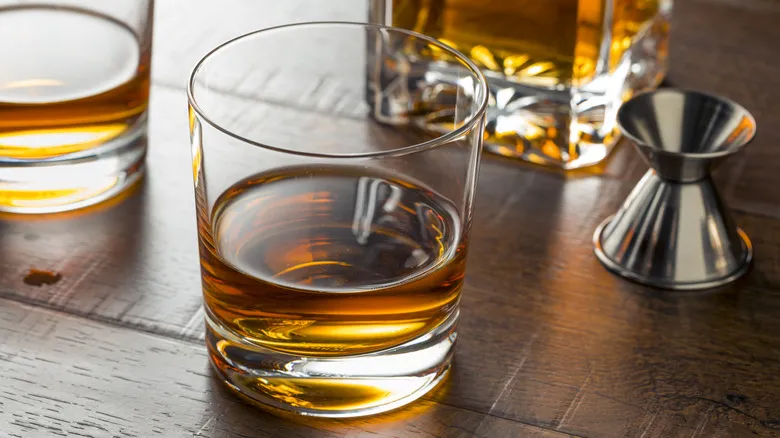
What Does It Really Mean To Order A Drink Neat?
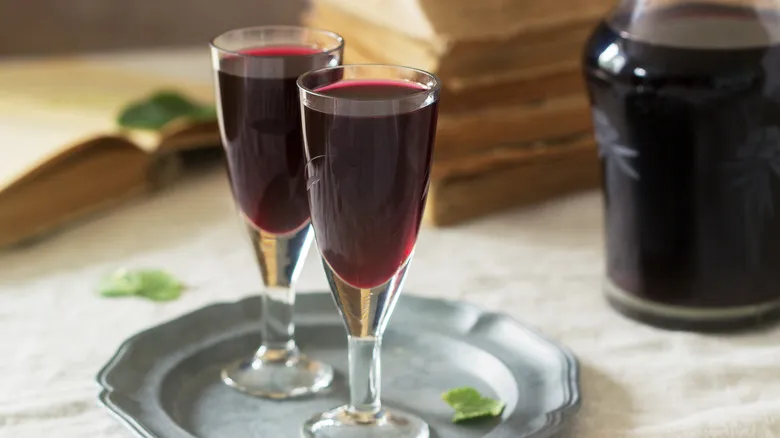
What Flavor Is Creme De Cassis?
Next up

